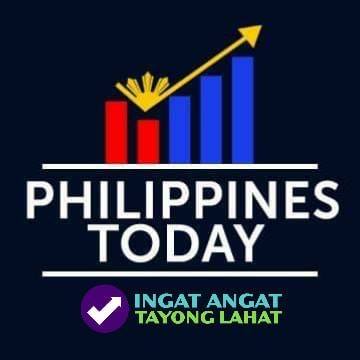Jobs, not aid: The Philippines’ new path out of poverty
As economic pressures mount across the developing world, the Philippines should shift its focus—placing jobs, not aid, at the heart of its fight against poverty. That opportunity lies in harnessing the country’s most abundant asset: its people.
With nearly 1.2 billion young people in emerging economies reaching working age over the next decade—and only an estimated 420 million jobs expected—countries like the Philippines are racing against time. In East Asia and the Pacific alone, 320 million people will enter the workforce. Without targeted reforms and investment, two-thirds of them could be left behind.
For the Philippines, where most of the poor live in rural areas and inequality has stubbornly persisted despite economic growth, the surest path out of poverty lies not in redistribution, but in a robust pipeline of quality jobs. And that means turning growth into opportunity where people already live—on farms, in towns, and along the country’s thousands of islands.
A jobs-driven strategy
The World Bank Group, which has made job creation a centerpiece of its development strategy, is backing this transformation with a three-pronged approach: laying the groundwork for private-sector growth, catalyzing investment, and helping governments adopt reforms that make economies more competitive.
“At the World Bank Group, creating more and better jobs has long been central to our mission,” the organization said in a recent strategy paper. “Going forward, we will prioritize job creation as an explicit aim of everything we do.”
In the Philippines, this commitment is already visible. The government’s push to expand rural infrastructure, supported by World Bank financing, is helping farmers in remote provinces move their harvests more efficiently. Farm-to-market roads—once patchy or non-existent—are opening up markets and lifting incomes. Nearly 135,000 jobs have been created under the Philippine Rural Development Project, 46% of them benefiting women.
Meanwhile, in urban centers, a shift in strategy aims to tackle deeper constraints: limited private investment, mismatched skills, and declining manufacturing productivity. The World Bank’s Inclusive Growth and Jobs Development Policy Loan (DPL) is helping address these bottlenecks. One reform, for instance, opened infrastructure services to foreign investment—a move that could boost productivity in manufacturing by 3.2%.
From policy to paychecks
Reforms are not abstract; their success is measured in livelihoods. In Indonesia, a companion DPL focused on trade and investment reforms helped increase foreign direct investment by 23% in liberalized sectors, with the potential to generate 3.2 million jobs by 2026.
The Philippines’ challenge is similar but complicated by economic fragmentation. A recent World Bank analysis warned that without deeper reform to promote spatial convergence and reallocate resources more efficiently, the country’s development gains may stall.
“Further gains depend on implementing reforms to sustain spatial convergence, unlock productivity, improve resource allocation, and reverse the economy’s inward shift,” the report concluded.
Building the private sector engine
The World Bank is betting on the private sector to drive the bulk of job creation. That includes targeted support for small- and medium-sized enterprises (SMEs), which form the backbone of the Philippine economy but often lack access to credit and markets. Beyond Metro Manila, tourism and agriculture are focal points for homegrown growth.
In East Asia and the Pacific, this strategy has shown results. The Tourism Development Project in Indonesia created 1.19 million jobs and attracted over $870 million in private investment. In Fiji, a $200 million initiative is now underway to build climate-resilient tourism infrastructure and expand opportunities on the remote Islands of Vanua Levu and Taveuni—benefiting at least 60,000 people.
The next phase
The Philippines’ demographic window is closing fast. While today’s working-age population presents a historic opportunity, that number is expected to shrink across East Asia and the Pacific after 2025—from 1.47 billion this year to 1.33 billion in 2045 per World Bank projections—placing further pressure on governments to act now.
Youth unemployment remains stubbornly high, and female labor force participation continues to lag. Meanwhile, technology—automation, artificial intelligence (AI), and digitization—is reshaping the very nature of work.
Without structural reform and strategic investment, the region risks a reversal of hard-won progress. But with the right conditions, it could unlock one of the greatest sources of stability and growth: people’s potential.
“Jobs provide dignity and purpose,” the World Bank notes. “They unlock potential in the places where people already live… and reduce the need for international aid and social assistance.”



0 Comment